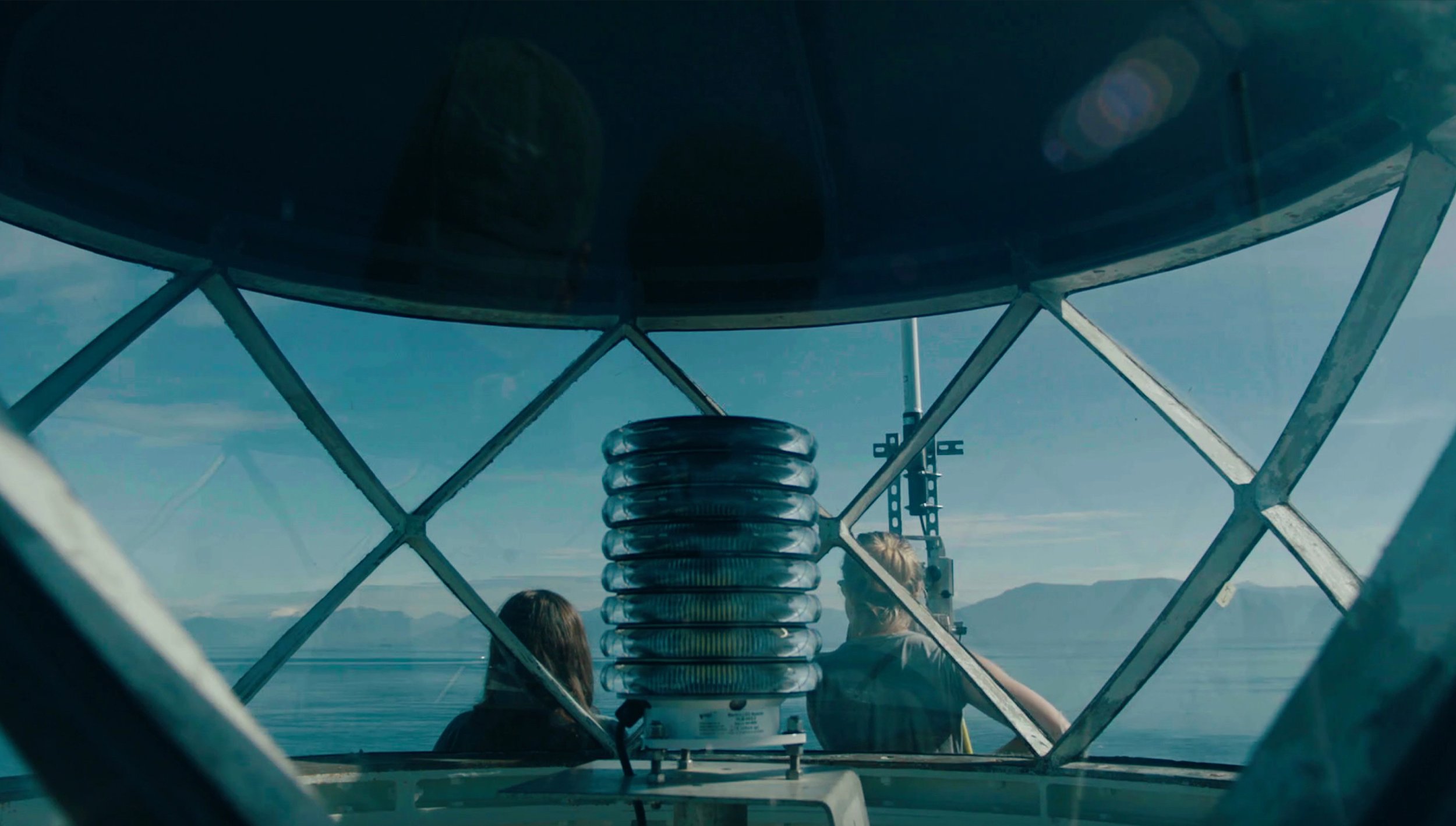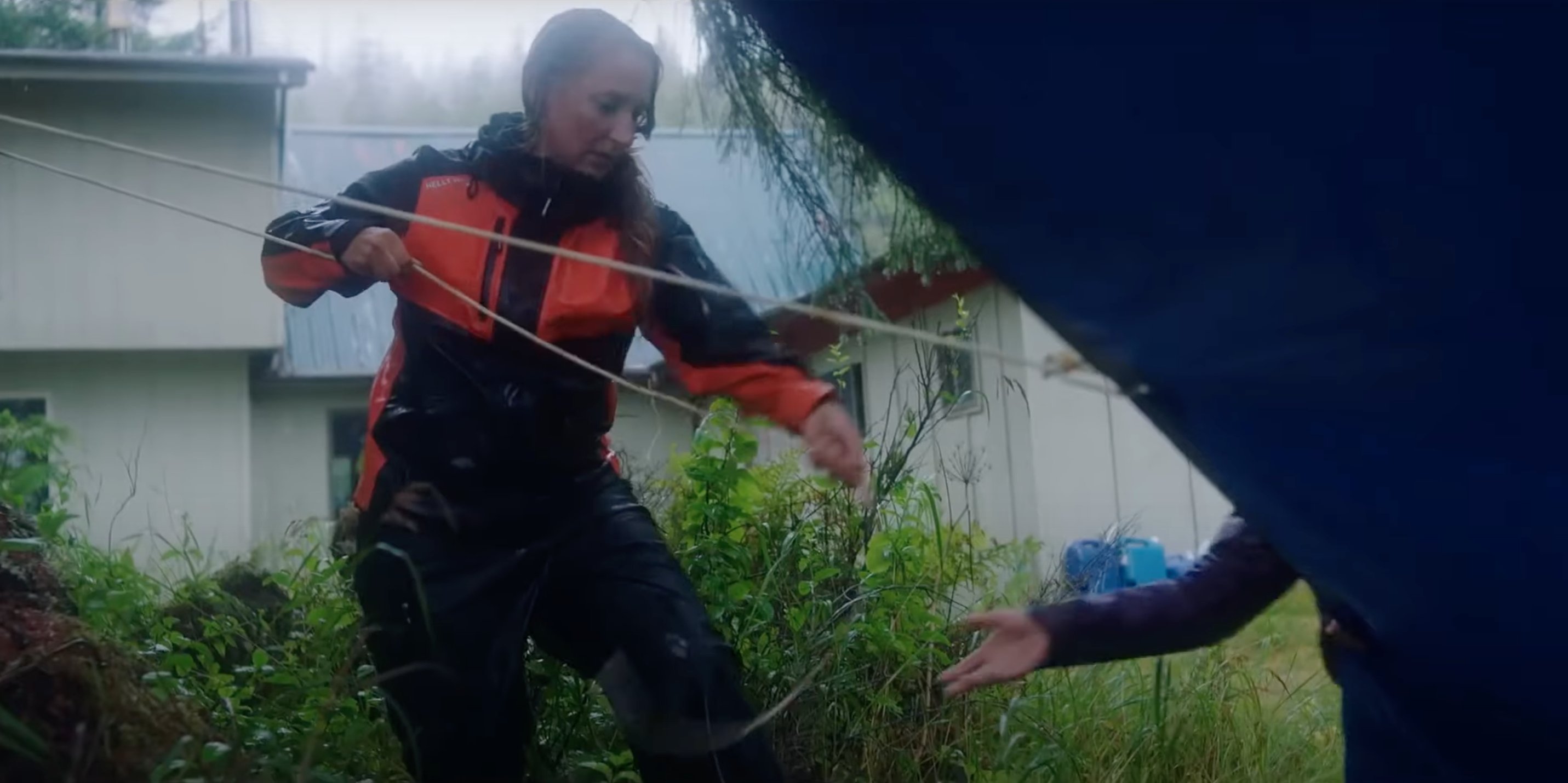Deciphering the Language of Whales in “Fathom”
TBD Post Sound Supervisor and Re-Recording Mixer Brad Engleking sat down with Director and Cinematographer Drew Xanthopoulos, along with Dolby’s Glenn Kiser to talk about using Dolby Atmos for sound in their latest documentary, “Fathom”.

Deciphering the Language of Whales in “Fathom”
BRAD ENGLEKING TALKS SOUND IN A NEW INTERVIEW ABOUT DOCUMENTARY ‘FATHOM’
TBD Post Sound Supervisor and Re-Recording Mixer Brad Engleking sat down with Director and Cinematographer Drew Xanthopoulos, along with Dolby’s Glenn Kiser to talk about using Dolby Atmos for sound in their latest documentary, “Fathom”.
Brad describes his process using Dolby Atmos at the TBD Post office in Austin, TX to bring the humpback whales voices to your home in the documentary ‘Fathom’, and his part in creating the film in this interview with Post Magazine. Brad graduated with a Bachelors in Music, with an emphasis in sound recording technology at Texas State University in 2000, and has since made TBD Post his home base.
“The first time I’m watching a film, I’m trying to understand what the filmmakers are going for and thinking of concepts and ways that sound can help tell the story,” Brad explains in his interview. “The next step is working with the director to create a vision for the soundtrack and identifying dialogue issues. Then, depending on scope, I either keep the film in-house at TBD Post in Austin, or we supplement our in-house editing crew with talent in Austin/New York and LA. In the case of Fathom, sound designer Nick Ryan worked in London on the big whale sequences and a lot of the Alaska stuff. In Austin, we did the dialogue, the French Polynesia sections, and then did a final effects pass across the film.”

Brad’s sound mixing and re-recording process varies from project to project, but in this case, he was able to use Dolby Atmos, customizing the whale’s sound location and frequency.
“Fathom was mixed in Dolby Atmos at TBD Post in Austin, TX. There, we have an S3/Dock setup for control and a Colin Broad Pec/Dir controller to punch into the recorder. The playback/mix system is a new Mac Pro and HDX3, which feeds into a Pro Tools HDX2 record system on a Mac Mini. The recorder then feeds the Dolby Home Theater RMU via Dante, that also lives on a Mac Mini. The theater uses JBL theatrical speakers controlled and tuned by a QSC Qsys”

The first six minutes of the film are Brad’s favorite. Dr. Michelle Fournet, the scientist studying these whales, makes quadraphonic recordings, where she places hydrophones 1Km apart in a square. Sound designer Nick Ryan and his team in London cleaned up these tracks and they are featured in the intro of the film. Brad then assigned these quad recordings to the Dolby Atmos objects, and added some additional movement to them while maintaining the incredible spatial information that is inherent to the recordings.
“There is so much dynamic in this open, where we go from silence to super loud and back again,” Says Brad. “It’s a great introduction to the film and lets the viewer know from the top that ‘Fathom’ is not your standard documentary.”
The film highlights how Dobly Atmos technology can be used on a film that isn’t an action feature. Brad Engleking made extensive use of the Atmos objects, not only in the sound design sections of the film, but also in the vérité sections to create an energetic soundtrack.
Watch Fathom on AppleTV+ now! Streaming in Dolby Vision and Dolby Atmos.
Production Credits:
Director/DP: Drew Xanthopoulos
Executive Producers: Greg Boustead, Josh Braun, Jessica Harrop, Andrea Meditch
Producers: Megan Gilbride
Music: Hanan Townshend
Post Production credits:
Film Editing: Robin Schwartz
Additional Editor: Kristen Nutile
Score Mixer: Danny Reisch
Colorist: Walter Volpatto
Animation Director: Duncan Elms